In Terms of Fashion, What Could Nightsymbolize?
Your Guide to Agreement COVID-nineteen Terms
Medically Reviewed by Madeline Hubbard, RN, BSN
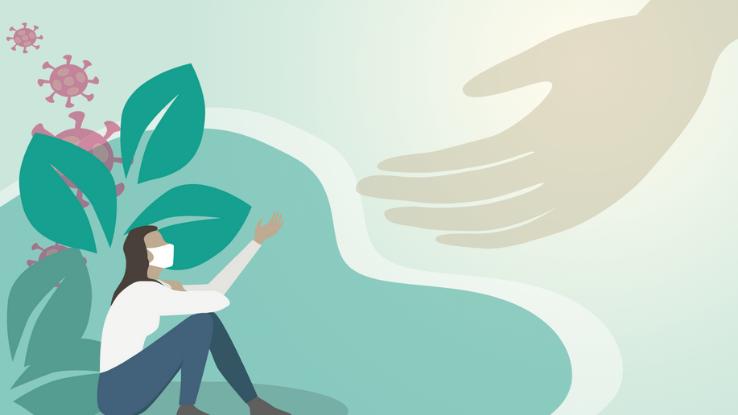
The COVID-xix pandemic has introduced a dizzying corporeality of unfamiliar terms and phrases into our everyday lives. Though they tin exist confusing, it's important to accept an accurate agreement of their meanings, especially if we want our communities to navigate the pandemic safely. Below, we've rounded up some of the most common COVID-19-related terms — from how the virus spreads in communities, to handling and test options to how to help slow the spread. Without a incertitude, familiarizing yourself with this list is the first step to ensuring a safer tomorrow for yourself and others.
- Coronavirus: At that place are many types of coronaviruses, all of which contain RNA and take crown-shaped spikes on their surfaces. Dissimilar types of these viruses tin cause mild illness similar the mutual cold, or more astringent respiratory infections.
- SARS-CoV-2 or the "novel coronavirus": These are both terms for the coronavirus that has acquired the COVID-19 pandemic. Because this detail virus was novel to humans, in that location was no existing immunity or power to fight off the virus' furnishings.
- COVID-19: the name of the disease that SARS-COV-two can cause. COVID-19 is a shortened version of "coronavirus affliction 2019."
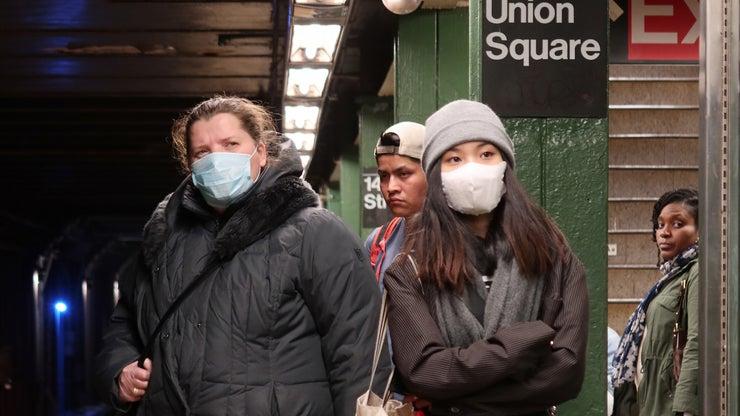
- Zoonotic: A description of a disease that is able to spread from animals to humans. According to the Middle for Disease Control and Prevention (CDC), zoonotic diseases are relatively common — 6 out of 10 of all known diseases are zoonotic.
- Outbreak: A localized uptick in cases. Outbreaks are ofttimes traceable to specific events similar concerts, or locations like day intendance centers or nursing homes.
- Epidemic: A larger than expected surge in the number of cases of a disease or illness in a particular geographic region or area.
- Pandemic: An epidemic that has spread across geographical or national boundaries and has afflicted a large number of people on a global scale. COVID-19 was declared a pandemic on March xi, 2020.
Transmission- & Spread-Related Terms
- Airborne Transmission: A affliction or illness that can be spread from person to person through the air. Airborne diseases tend to exist more than contagious than those requiring physical contact.
- Aerosol: A tiny particle of respiratory fluid that contains viral material and tin can remain in the air for a flow of time.
- Droplet: A small drop of fluid. Aerosol containing a virus tin be expelled when an infected person talks, breathes, sneezes, or coughs.
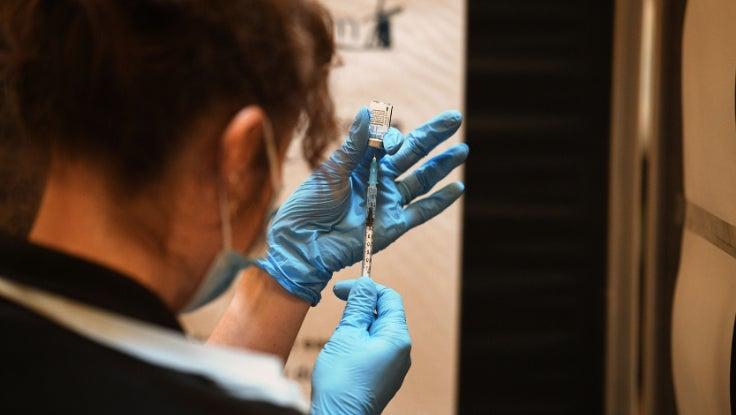
- R0/'R-naught': A number indicating the average number of people that volition grab a disease or illness from 1 infected person. R0 is used as a measure out of how contagious a disease is. The R0 for COVID-xix transmission in the The states varies by region.
- Customs Transmission: This refers to cases of infection that cannot be direct linked to known travel of an individual or a previously identified positive case.
- Asymptomatic: When i is displaying no symptoms or outward signs of having a disease throughout the course of infection. Evidence suggests that individuals who are asymptomatic can even so transmit the virus to others.
- Presymptomatic/Incubation Menstruation: When i is non yet displaying symptoms due to an early stage of infection. The virus tin nevertheless exist spread during this time period.
- Super-spreader: A person who transmits a disease or illness to an unusually high number of people.
Prevention- & Mitigation-Related Terms
- Social and Physical Distancing: The practise of reducing close person-to-person contact in a customs in order to decrease the transmission rate of a virus or illness. Social distancing measures include instructions to work from dwelling house, plexiglass barriers, or six-foot markers in public spaces.
- Contact Tracing: The process of public wellness officials identifying individuals who have been infected with or exposed to a viral affliction in lodge to further mitigate and manage the virus's spread within a customs.
- Flattening the Curve: The "curve" here refers to the shape on graphs similar number of cases or hospitalizations. 'Flattening' these curves involves taking steps like sheltering in identify, social distancing, and self quarantining in gild to prevent surges of patients that need hospitalization and treatment all at once.
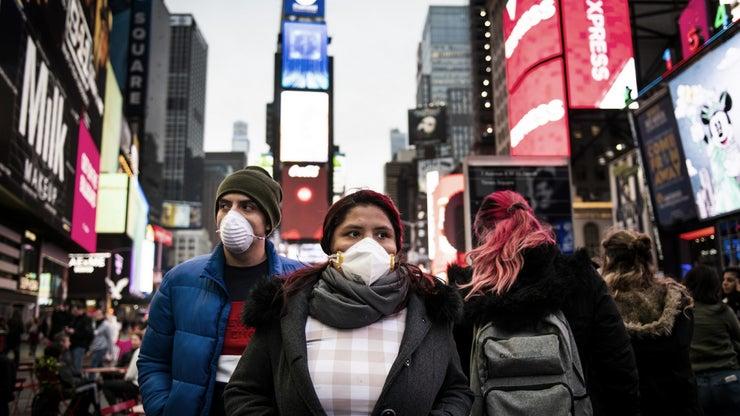
- Personal Protective Equipment (PPE): PPE refers to article of clothing or materials that are especially made to act every bit a barrier against exposure or infection. Examples of PPE include face shields, masks, goggles, gowns and gloves.
- N95: Also called a respirator, this special type of mask covers the nose and mouth and is manufactured to safely filter particles that tin can cause COVID-xix when fit-tested and used correctly. These masks are typically reserved for healthcare workers or those coming in shut contact with active infection, and are not recommended for use in public.
- Quarantine/Self-Quarantine: A quarantine is a menses of isolation post-obit exposure or potential exposure to a virus, in lodge to prevent passing the virus to others. Individuals who have been potentially exposed to COVID-xix are advised to quarantine for at to the lowest degree 10 days following the exposure.
- Isolation/Self-Isolation: When an individual has a confirmed or suspected case of an illness or virus, they should isolate. Isolation differs from quarantine in that quarantine occurs post-obit potential exposure to an illness, and isolation occurs afterward an individual has been infected.
- Vaccine: Vaccinations introduce a minor amount of inactivated or weakened virus so that the trunk tin can produce antibodies that work by recognizing the virus and preventing information technology from causing affliction in the future. Vaccines are preventative measures that tin increment immunity on a large calibration.
Testing- & Treatment-Related Terms:
- Molecular or Viral Test: A test used to decide if a person currently has an active infection from SARS-CoV-ii. Viral tests piece of work past analyzing a sample of saliva or mucus in order to determine whether the virus is present.
- Antibody Test: A exam that detects whether a person has antibodies for a specific virus or illness. Antibodies are proteins created by the torso's immune arrangement that combat a specific virus or illness. These tests are not used to pick upward on agile infections.
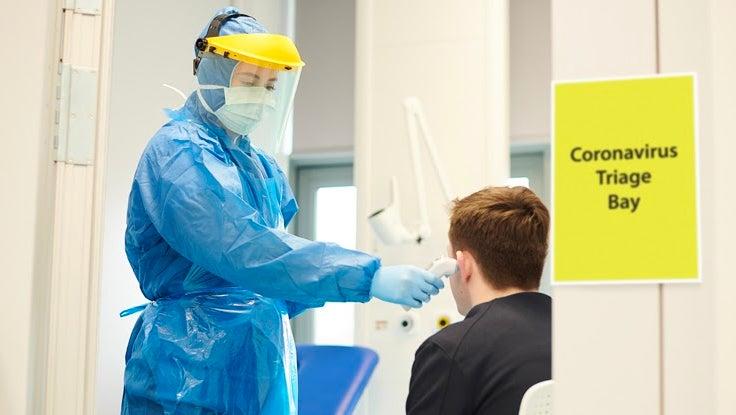
- Remdesivir (Veklury): An antiviral drug that has been approved past the FDA for treatment of COVID-19. Remdesivir works by preventing replication of RNA within viral particles and then that the virus cannot multiply and spread within the body equally easily.
- Dexamethasone: A corticosteroid with anti inflammatory and immunosuppressive furnishings, frequently used to combat respiratory illness. Dexamethasone is recommended as a treatment for moderate to severe COVID-19 to work against tissue damage in the lungs.
- Ventilator: When a patient isn't able to breathe on their own, a ventilator tin exist used in the hospital to help them breathe. A tube is inserted into the patient'south windpipe through the mouth and a machine works to supply oxygen directly to the patient'southward lungs.
Resource Links:
- Coronavirus (COVID-xix) Outbreak Glossary via Kaiser Family unit Foundation (KFF)
- COVID-nineteen Glossary via Yale Medicine
- "Zoonotic Diseases" via Centers for Disease Control & Prevention (CDC)
- "Testing Overview" via Centers for Disease Command & Prevention (CDC)
- "Information for Clinicians on Investigational Therapeutics for Patients with COVID-xix" via Centers for Disease Command & Prevention (CDC)
- "Science Brief: SARS-CoV-2 and Potential Airborne Transmission" via Centers for Disease Control & Prevention (CDC)
- "Final report confirms Remdesivir benefits for COVID-19" via National Institutes of Health (NIH)
- "Is Dexamethasone the COVID-19 Cure We've Been Looking For?" via Reference
- "What Is Contact Tracing, and Why Is Information technology Important During the COVID-19 Pandemic?" via Inquire
- "COVID-19 Terms: The Difference Between Social Distancing, Physical Distancing & More" via Reference
0 Response to "In Terms of Fashion, What Could Nightsymbolize?"
Post a Comment